In this article, you’ll what a honeypot is what honeypots are used for, and the benefits and risks associated with them. You’ll also learn about the different types and examples of honeypots and how they work. By the end of the article, you’ll have a deeper understanding of honeypots in cyber security, and how a secure infrastructure access platform can help you safeguard your network, systems, and apps without using a honeypot.
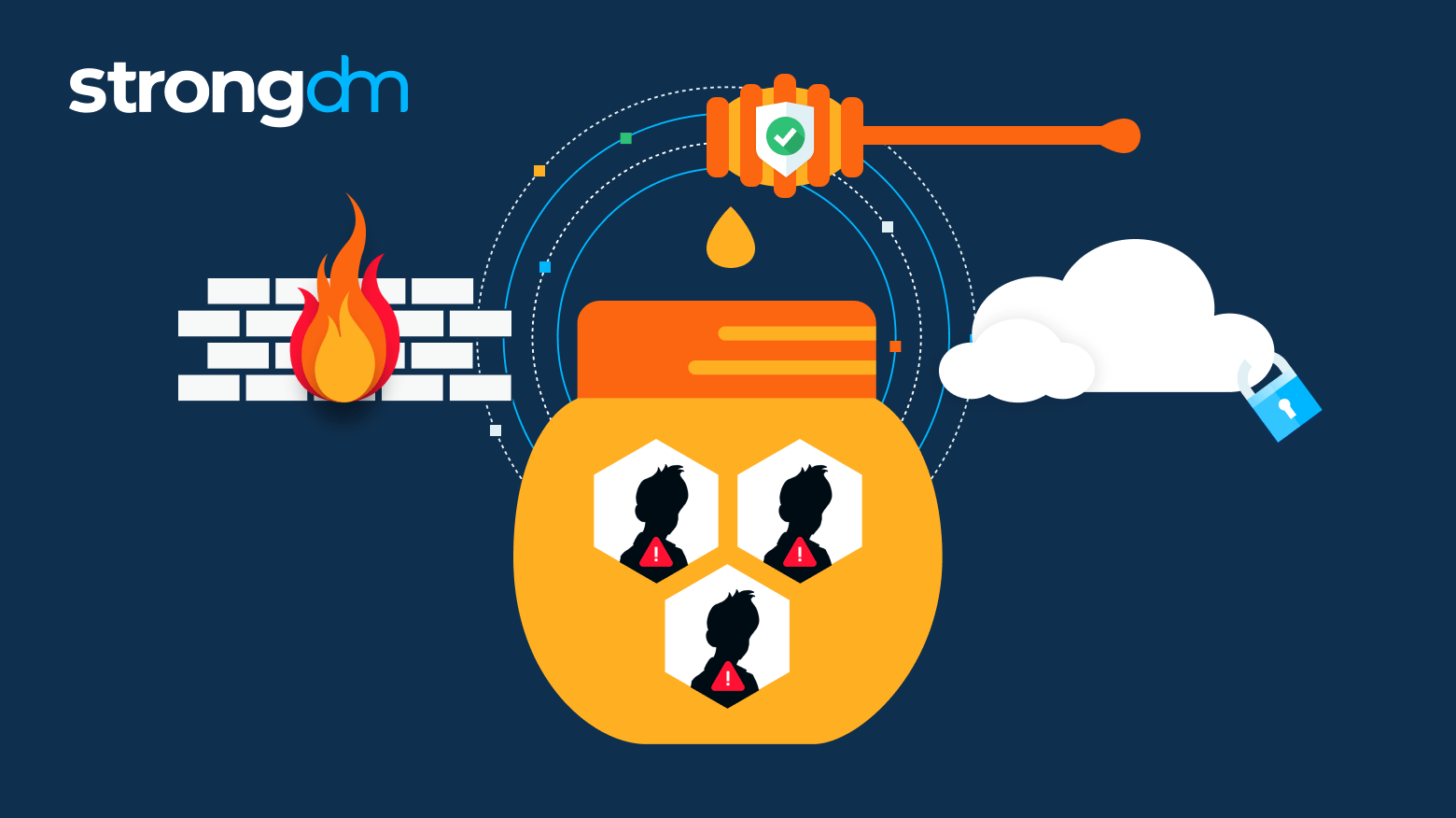
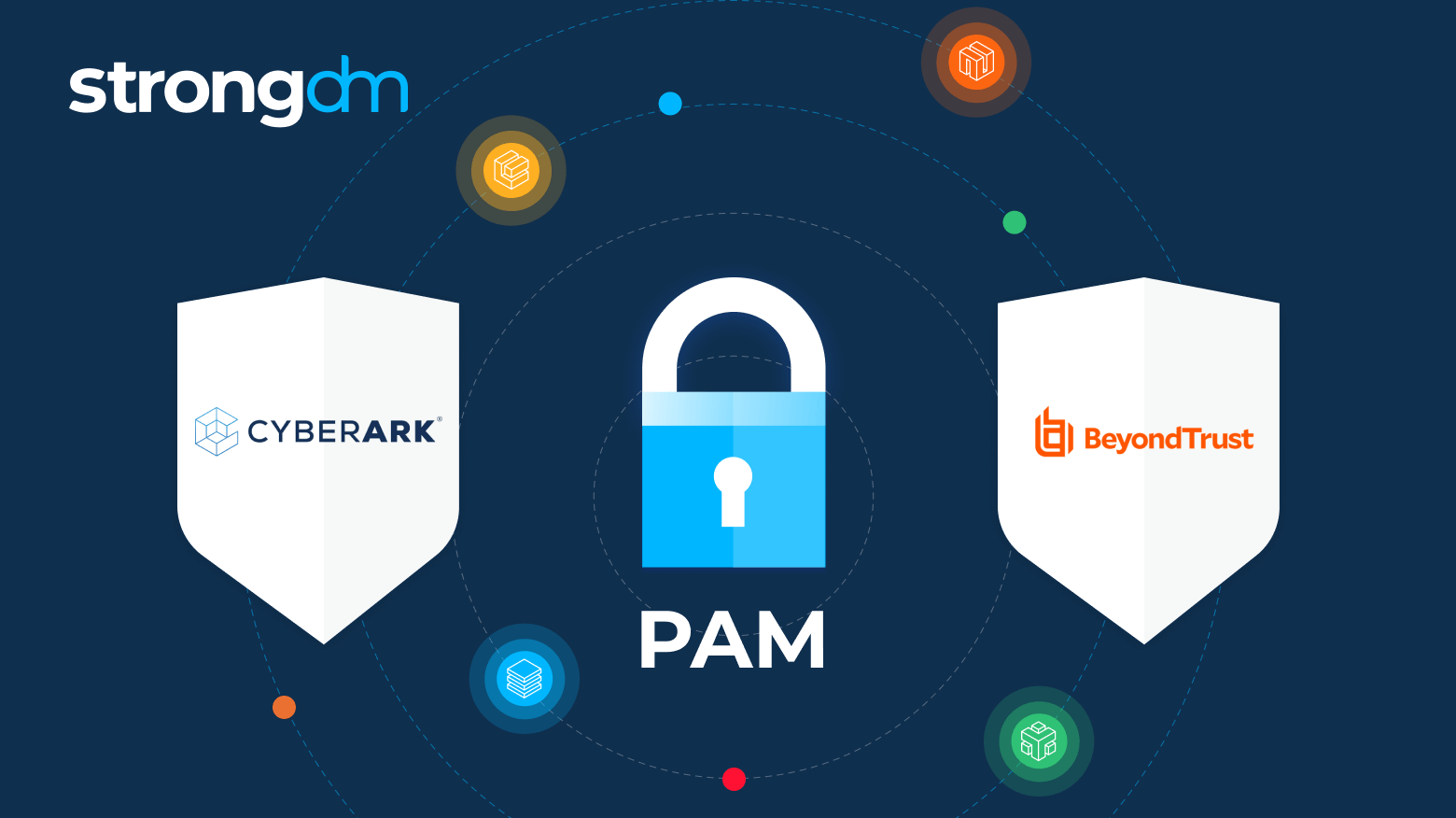
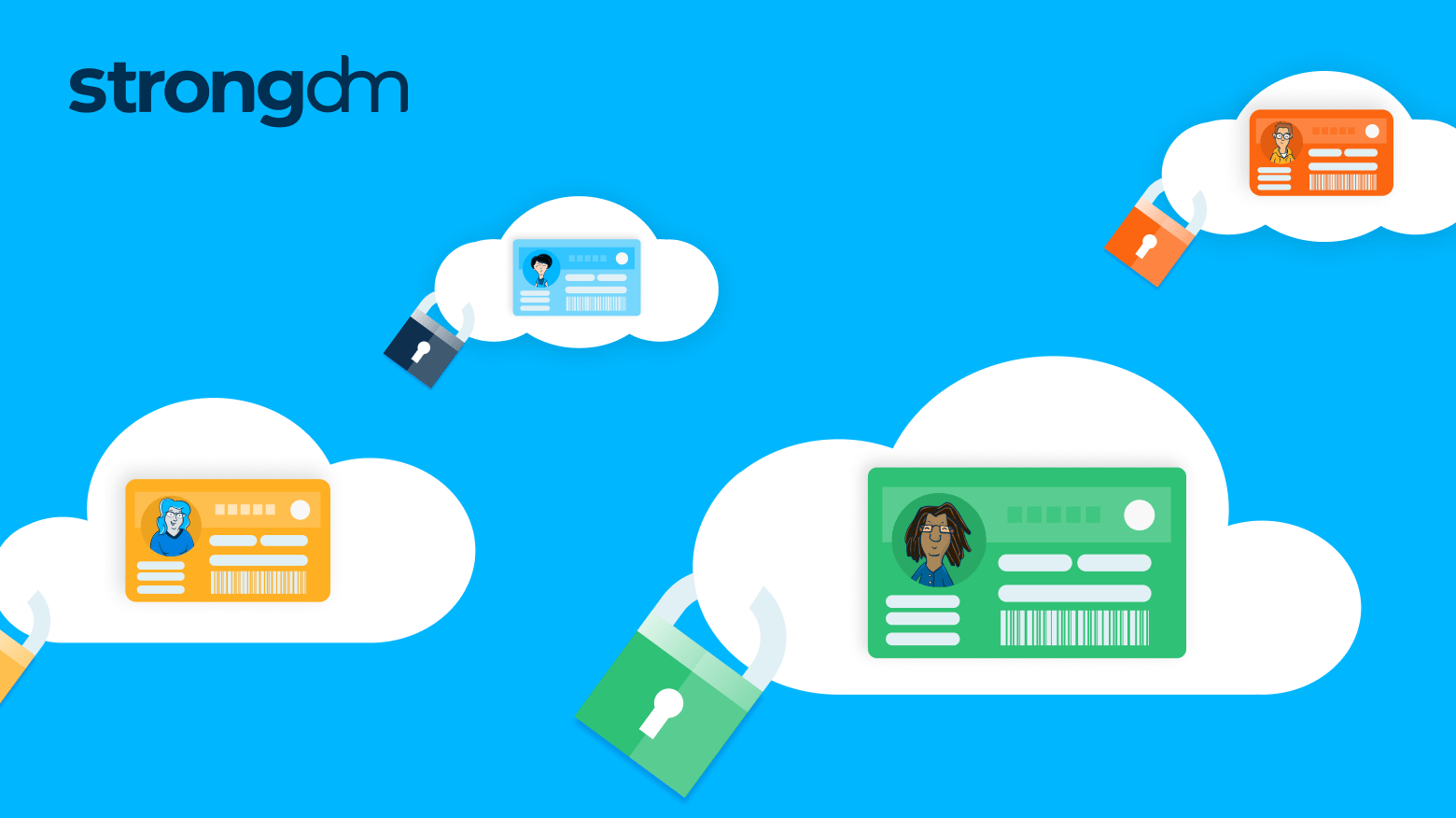

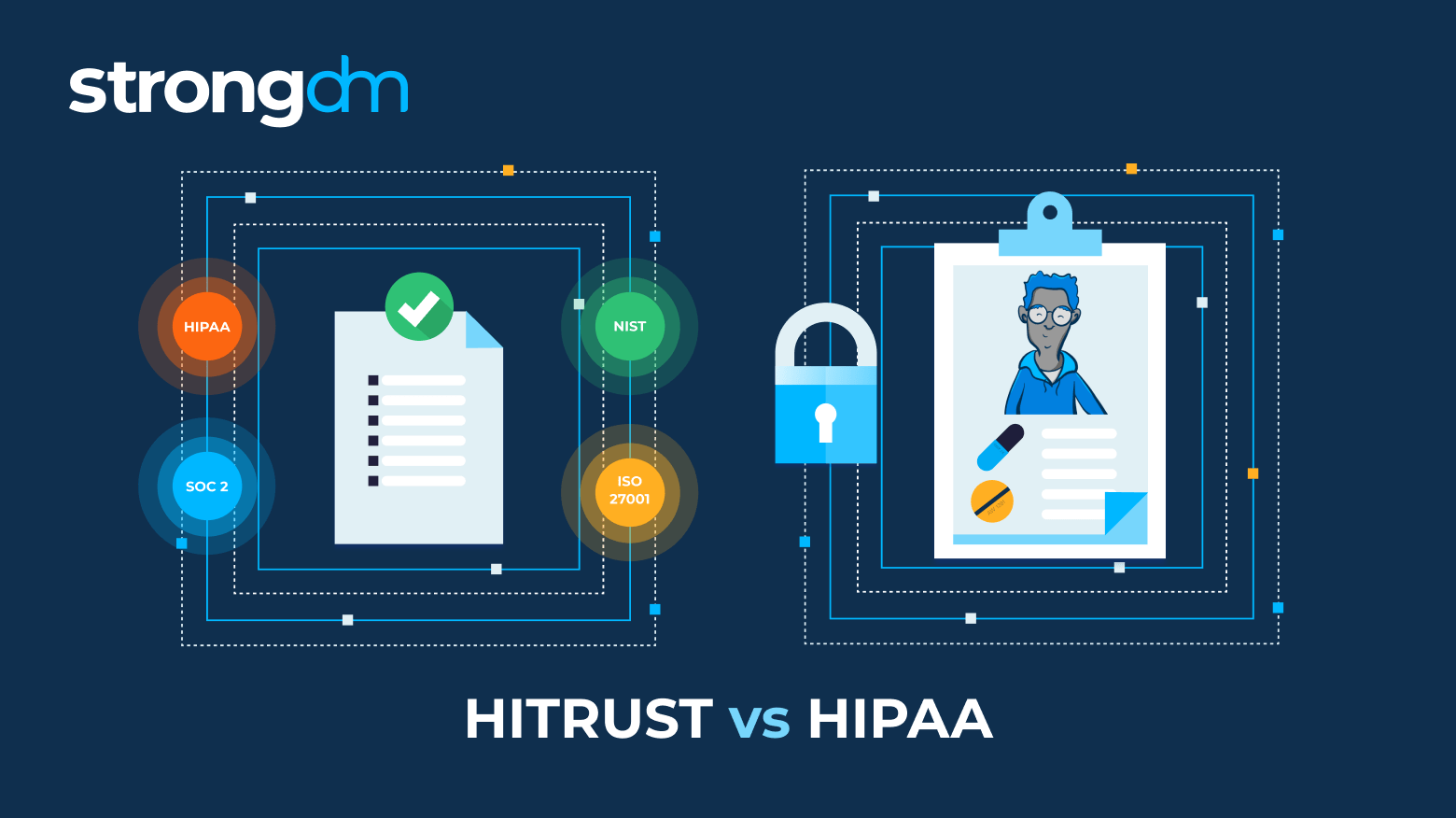
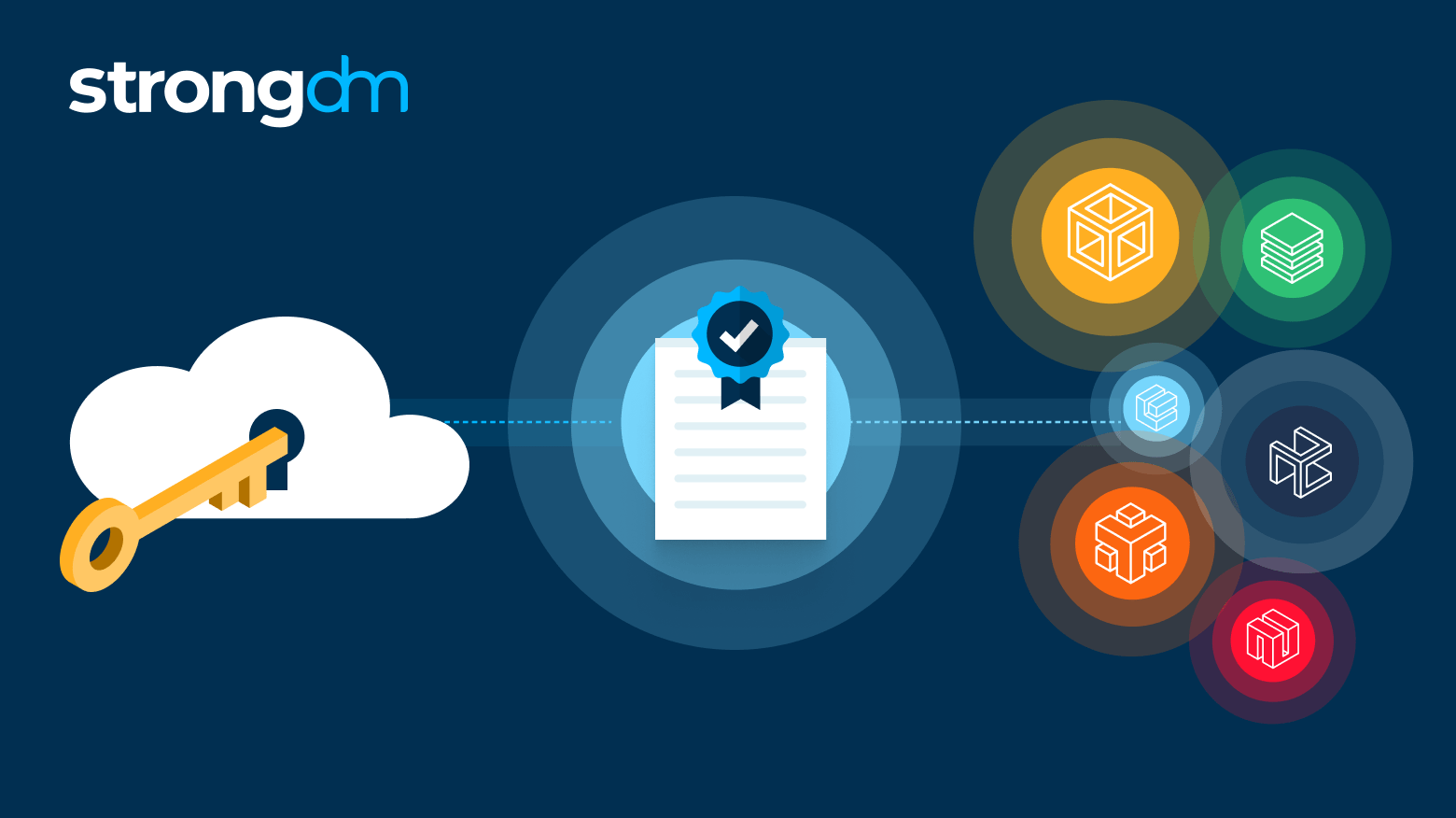
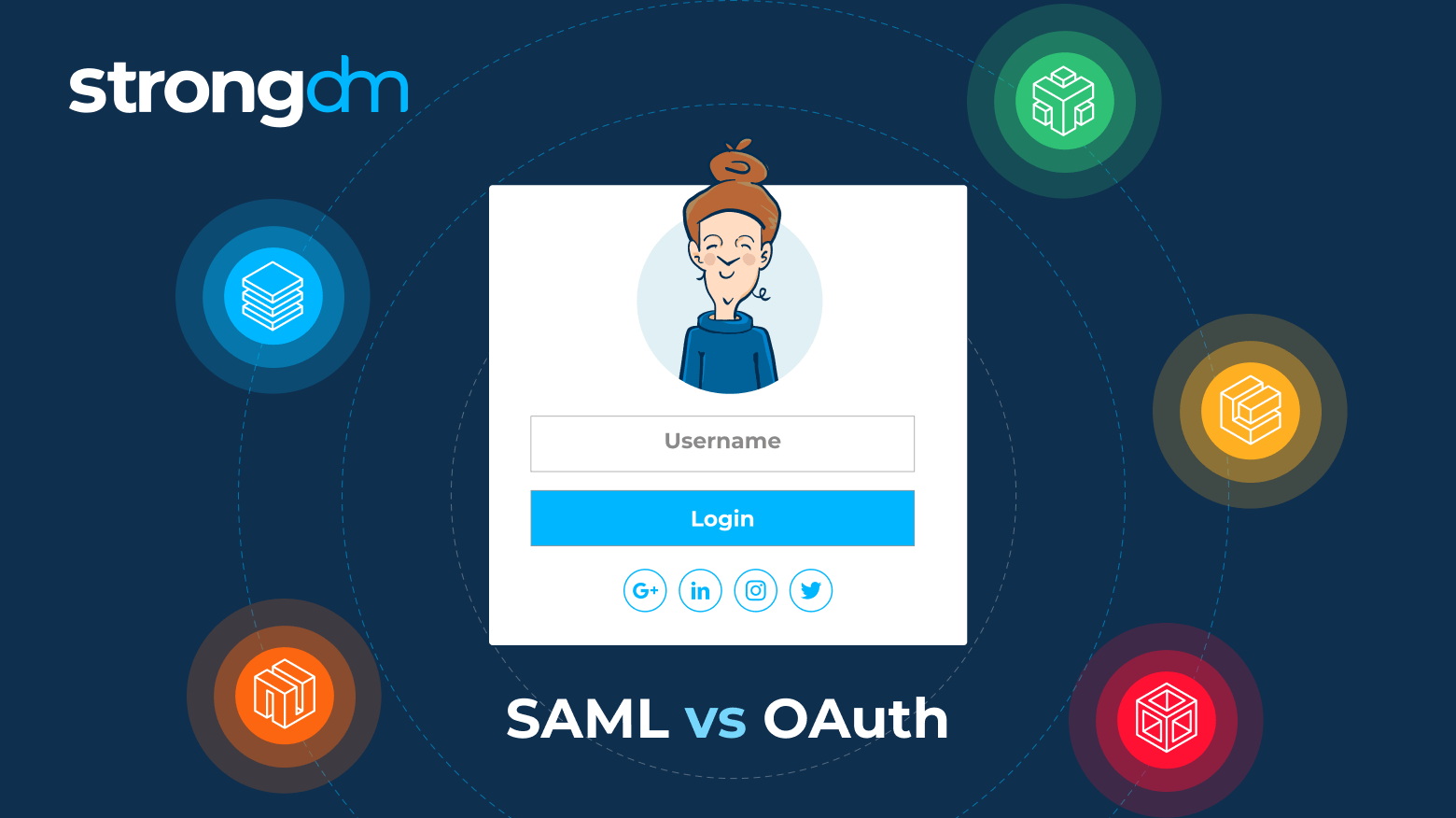
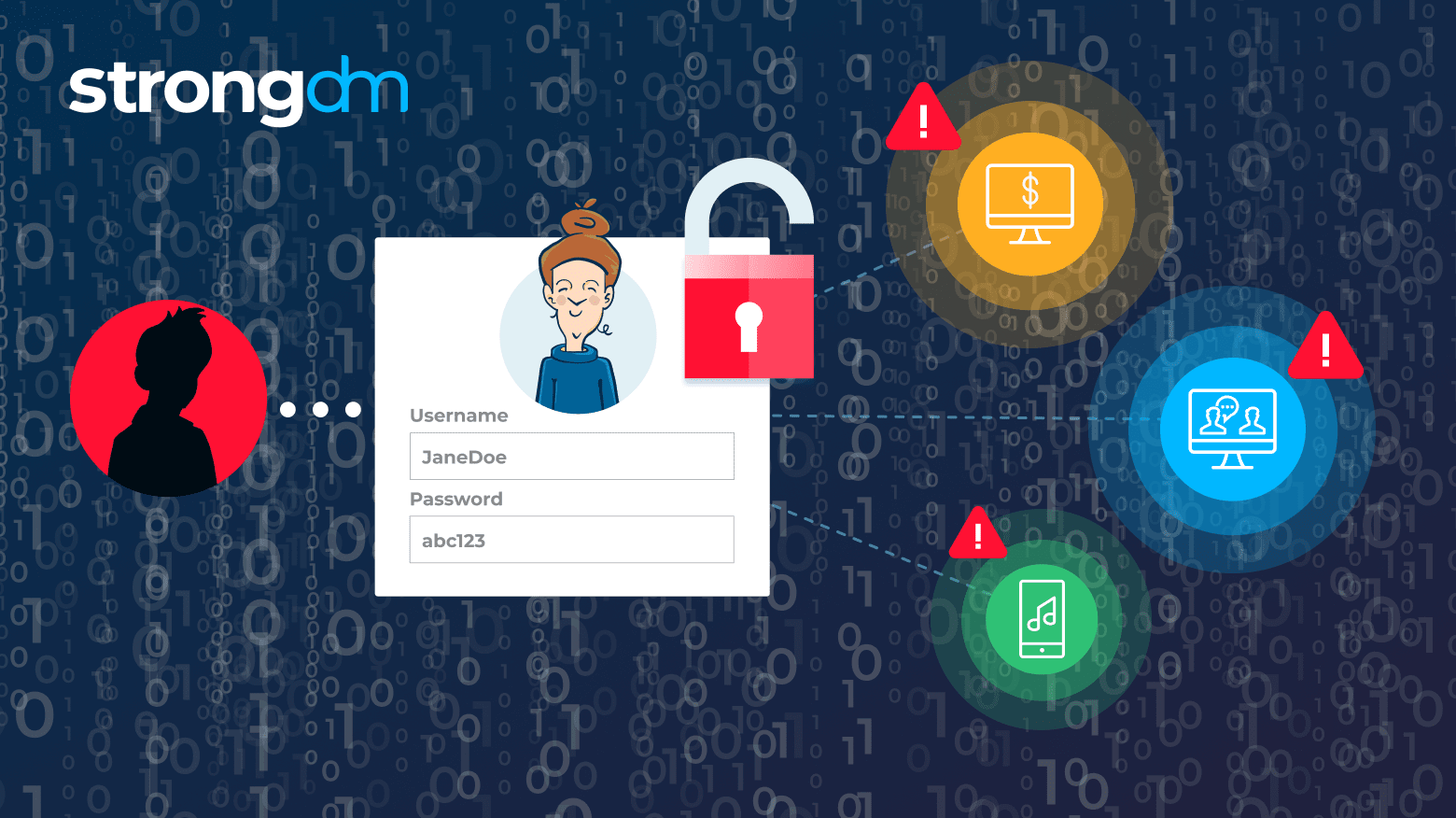
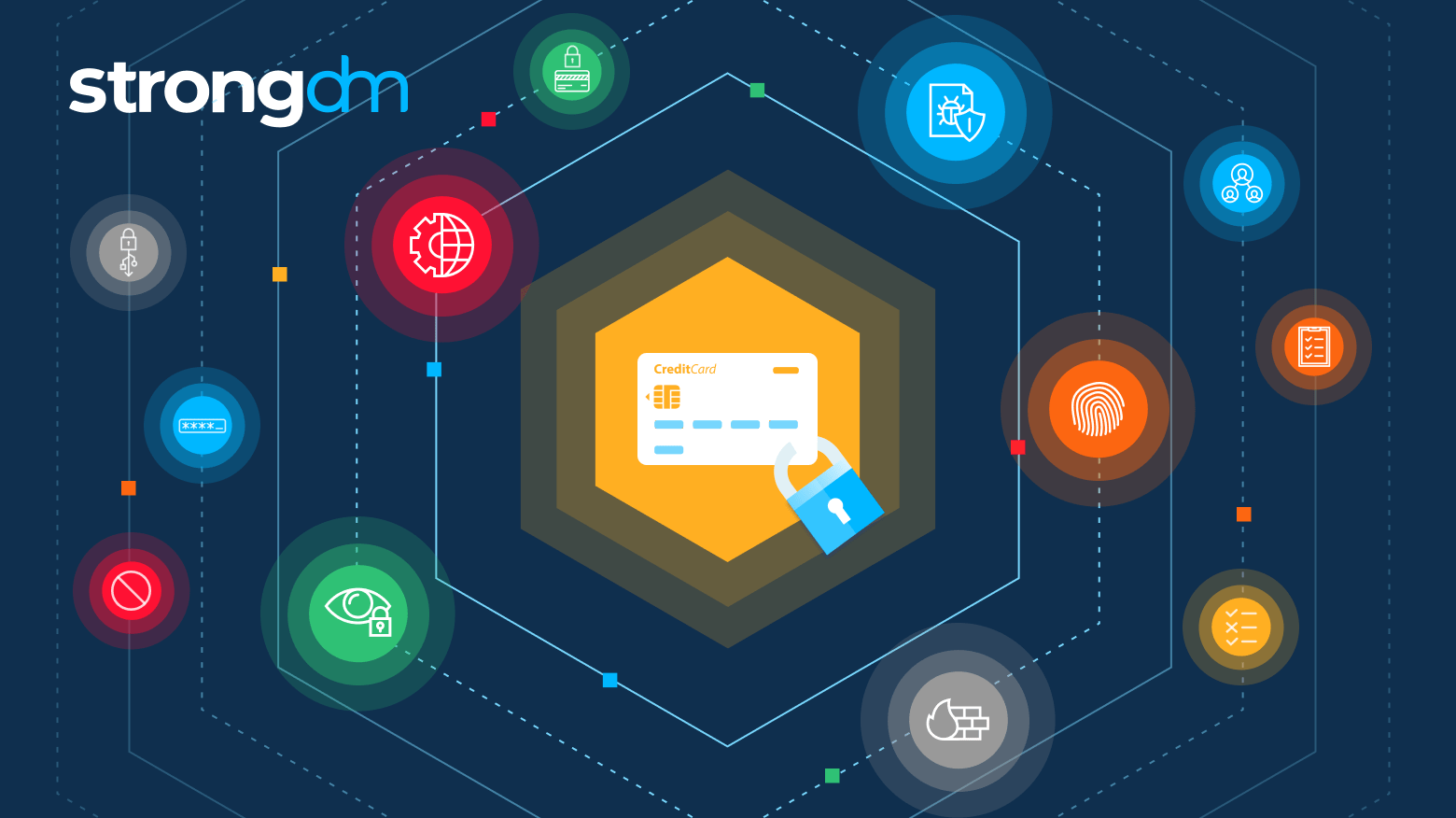
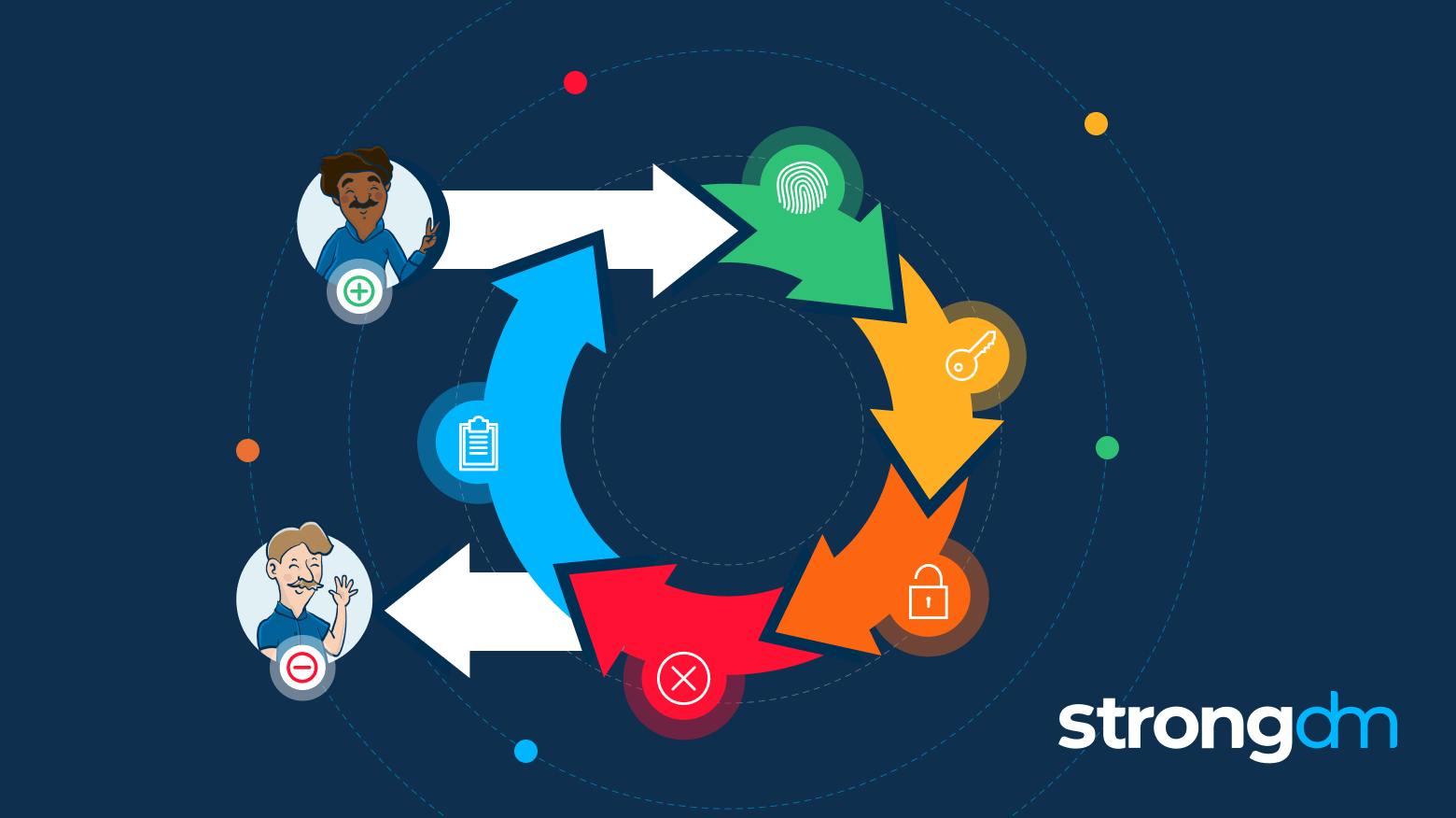
![How to SSH into Docker Containers [Tutorial]](https://discover.strongdm.com/hubfs/ssh-into-docker-containers.png)


